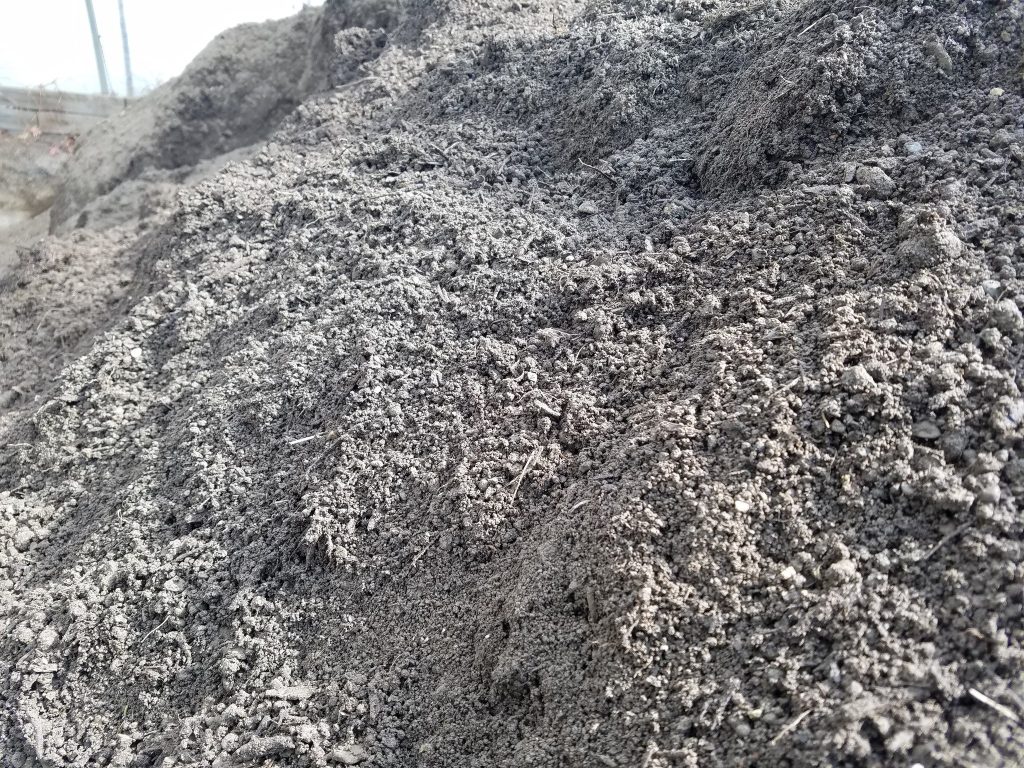Sustainability in construction is an effort to reduce the environmental impact. The materials are also able to provide other advantages like durability as well as energy efficiency.
Recycling and reusing materials are an essential aspect of the sustainable design of buildings. Utilizing recycled steel, wood and papers are some instances of this. Additionally, the process involves using renewable energy sources, such as geothermal and solar panels.

Environmental Protection
The construction sector consumes huge amounts of raw materials and generates a large amount of trash. With an aim to reduce the industry’s environmental impact Sustainable building practices and practices are being developed. Recycling and using recycled materials can help in doing this.
Ferrock is the most extensively used sustainable building material. It’s made from waste products such as glass powder, steel dust and various other recycled materials. It also helps reduce carbon dioxide emissions, which is beneficial to our environment. Bamboo is another sustainable material which is used for decorative and structural purposes. It is available everywhere and is a breeze to work with.
Another green option is green charcoal bio-brick that is composed of carbon, soil organic luffa, and soil. It helps to cool the temperature of buildings and improves air quality. They also reduce energy consumption and reduce noise disruptions.
Benefits
There are many benefits to choosing eco-friendly construction products. These eco-friendly building materials are not only able to reduce carbon emissions of the construction, but decrease the expenses of operations as well as maintenance. These products can be used without zero compromise in performance or performance or.
Sustainable construction can also be a way to help to protect the environment through reducing waste. Many eco-friendly building materials are made of reused or salvaged materials, making them able to be broken down and reused. This reduces waste from landfill as well as the need for raw material.
Popular eco-friendly building supplies include bamboo, straw bales and reclaimed timber. Green charcoal bio-bricks made of Sludge, Ash, and charcoal are becoming increasing in popularity. These materials are easy to access and affordable. They require minimal maintenance and are free of harmful chemical substances.
Apps
Construction materials that are sustainable will help protect our planet as they reduce carbon emissions in buildings. They’re lighter, stronger and efficient than conventional building materials. Additionally, they are attractive and aid in pushing current construction practices towards a more sustainable and environmentally friendly tomorrow.
The durability of a building material depends on its life cycle that includes the process of extraction fabrication, processing, usage and disposal cat san lap. This includes energy and transportation costs.
Many eco-friendly construction materials are produced locally or are sourced locally using less energy in the processing and transport. They are also non-toxic or moisture-resistant. Sheep’s wool is a great insulation material, which requires less energy in production compared to synthetic substances.
Another green building material is the rammed earth. It’s a mix made of soil, straw, and sand. It’s a technique of construction that has been used for centuries that has seen a resurgence within the eco-friendly building industry. Other eco-friendly construction materials include recycled steel as well as reclaimed wood.
Future Trends
Green products are an excellent option to reduce impacts on the environment from construction. The materials are long-lasting and efficient in energy use.
The majority of builders are focused on environmentally-friendly building methods. It saves them cost, and also meets the demand of consumers for eco-friendly homes.
The market for green building materials is growing quickly, and is expected to expand in the near future. Environmental concerns are increasing, as is access to sustainable financing, new regulations and increased demand for energy-efficient buildings drive interest in sustainable construction.
Innovative technologies allow for contractors to include green building materials into construction projects. 3D printing is one method to produce sustainable materials that are free of the dangers of human error. Additionally, this method makes use of recycled materials in order to minimize material and waste. Other sustainable building materials include recycled steel, reclaimed wood and even reclaimed metal. These building materials are resistant to environmental elements, including flooding or earthquakes.